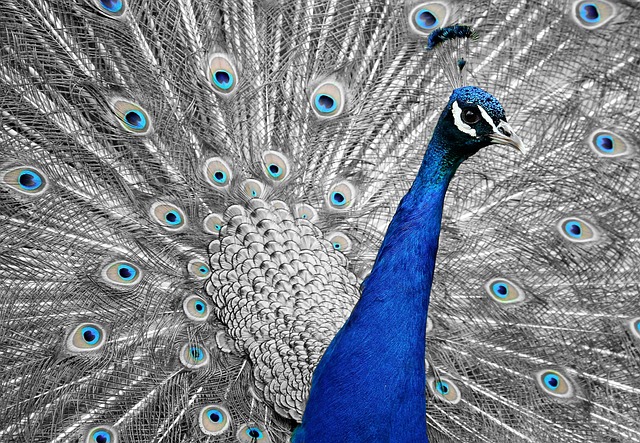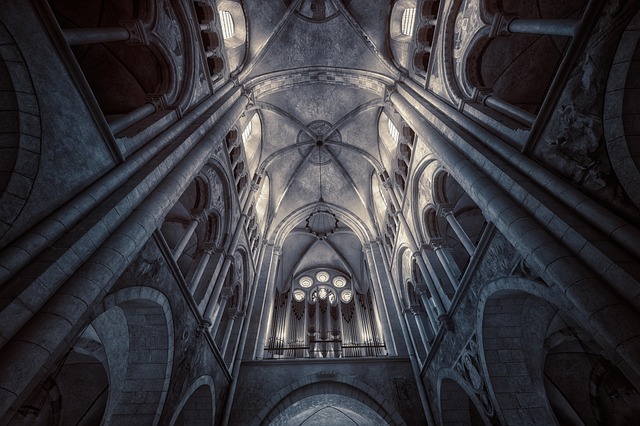In the realm of Fine Arts, the study of light in drawings is not merely a technical exercise; it is an invitation to explore the deeper connections between culture and expression. Lighting in artistic compositions serves as a bridge that connects the viewer’s experience to the creator’s intent, illuminating not just the subject but also the essence of the society from which the artwork springs.
When we delve into a lighting study, we uncover the subtleties of how various cultures interpret and utilize light to convey emotion, narrative, and context in their art. This becomes particularly evident when we compare the dramatic chiaroscuro of Renaissance paintings, where light plays a pivotal role in creating depth and intensity, to the softer, more diffused lighting found in Japanese ink wash drawings that evoke tranquility and harmony with nature.
In many cultures, light symbolizes more than just visibility; it encompasses ideas of purity, divinity, and enlightenment. For example, in religious art, the use of bright, radiant lighting can signify the presence of the divine. In contrast, shadows may be employed to represent mystery or the unknown. Each stroke of light not only helps to shape the drawing but also encapsulates timeless cultural narratives that reflect societal values, beliefs, and history.
Analyzing the interplay of light and shadow within drawings invites artists and viewers alike to engage more deeply with the piece. It asks us to consider how different sources of light impact our perception of a subject. For instance, a candlelit scene might evoke feelings of intimacy and warmth, while a harsh, overhead light can create an atmosphere of stark reality. Such contrasts highlight the artist’s choices and prompt a discussion about how cultural context influences these decisions.
Art is a reflection of its time and place, and lighting remains a vital tool through which artists communicate their cultural narratives. Engaging in a lighting study not only enhances our appreciation of fine arts but also allows us to connect with the broader human experience across cultures. Whether you are sketching after a museum visit or experimenting in your own studio, remember that the way you represent light can breathe life into your work and reveal hidden narratives waiting to be explored.
So, as you sit down to create, think about how you can use lighting to tell your story. How can you communicate the richness of your culture through your drawings? Embrace the journey, and let every ray of light guide your artistic expression.




